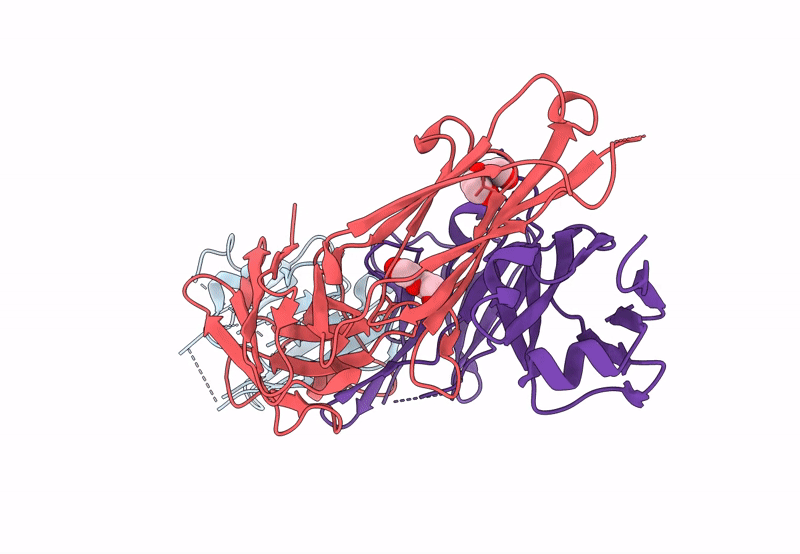
Deposition Date
2023-06-26
Release Date
2023-11-29
Last Version Date
2024-10-23
Entry Detail
PDB ID:
8T9Y
Keywords:
Title:
Structure of VHH-Fab complex with engineered Elbow FNQIKG and Crystal Kappa regions
Biological Source:
Source Organism:
Homo sapiens (Taxon ID: 9606)
Host Organism:
Method Details:
Experimental Method:
Resolution:
2.52 Å
R-Value Free:
0.28
R-Value Work:
0.21
R-Value Observed:
0.21
Space Group:
P 43 21 2


